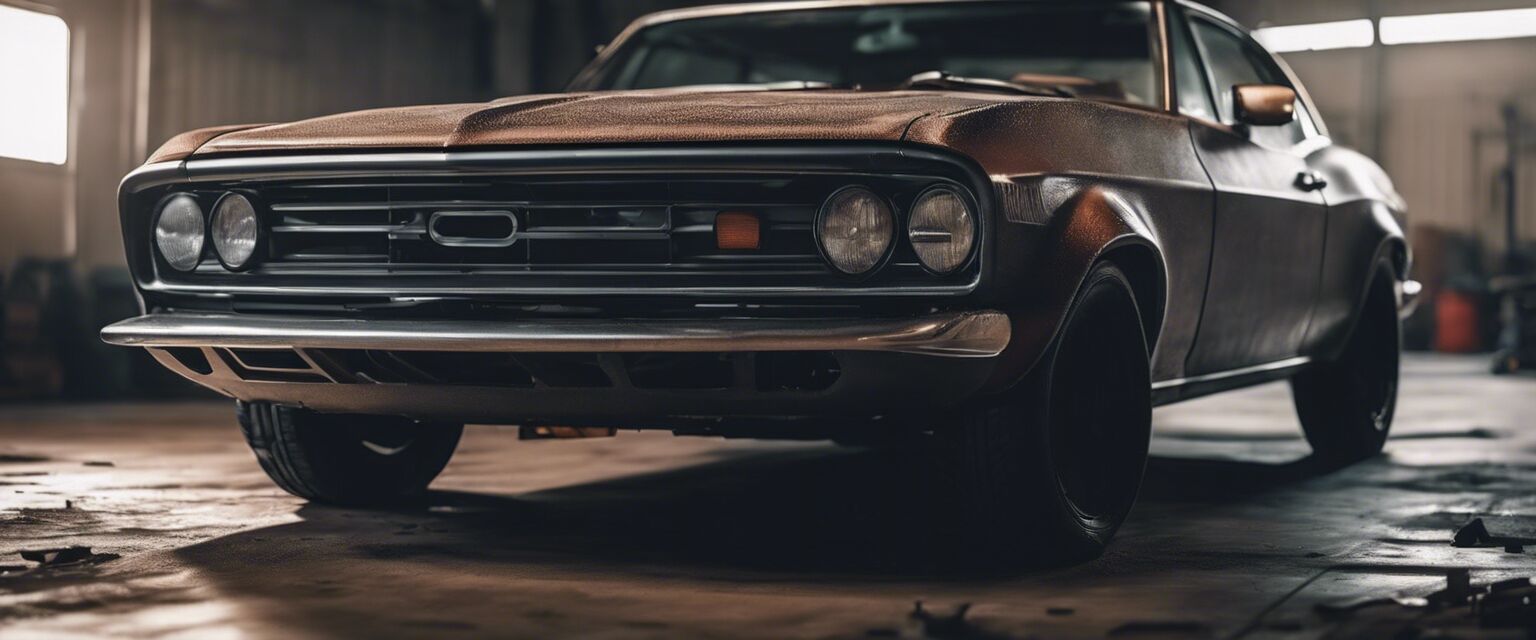
Fenders and Fender Flares
Key Takeaways
- Fenders protect the vehicle’s wheels and enhance aerodynamics.
- Fender flares provide additional coverage and a custom look.
- Various materials are used for both fenders and fender flares, including steel, fiberglass, and plastic.
- Understanding the different types of fenders can help in making the right choice for your vehicle.
- Fender flares can improve tire clearance and accommodate larger tires.
Fenders and fender flares are essential components of any vehicle, playing crucial roles in both functionality and aesthetics. Whether you're looking to replace a damaged fender or enhance the appearance of your vehicle with stylish fender flares, understanding the options available can help you make an informed decision.
What are fenders?
Fenders are the panels that cover the wheel wells of a vehicle. They serve multiple purposes:
- Protection against road debris and elements.
- Enhancing aerodynamics by reducing drag.
- Contributing to the overall look of the vehicle.

Types of fenders
| Type | Material | Features |
|---|---|---|
| Standard Fender | Steel | Durable and long-lasting |
| Lightweight Fender | Fiberglass | Offers a sporty look |
| Plastic Fender | Plastic | Resistant to rust and corrosion |
What are fender flares?
Fender flares are extensions that attach to the fenders, providing additional coverage for the tires. They serve both aesthetic and functional purposes:
- Improving the vehicle's appearance with a rugged or sporty look.
- Allowing for larger tires by providing extra clearance.
- Protecting the vehicle's body from mud and debris thrown up by the tires.

Types of fender flares
| Style | Description | Best For |
|---|---|---|
| OE Style | Matches factory specifications | OEM replacements |
| Pocket Style | Offers a more rugged look with added depth | Off-road enthusiasts |
| Street Style | Sleek and low-profile design | Street vehicles |
Choosing the right fenders and fender flares
When selecting fenders and fender flares, consider the following factors:
- Vehicle type: Ensure compatibility with your specific make and model.
- Material: Choose a material that suits your driving style and environment.
- Style: Pick a design that complements your vehicle’s aesthetics.
Tips for beginners
- Research your vehicle’s requirements before purchasing fenders or flares.
- Consult with professionals if unsure about installation.
- Consider the warranty and return policy when buying parts.
Installation and maintenance
Installing fenders and fender flares can vary in complexity. Here are some general steps:
- Gather the necessary tools, such as wrenches and screwdrivers.
- Remove the old fender or flare if replacing.
- Align and secure the new fender or flare in place.
- Check for any gaps and ensure a snug fit.
Regular maintenance is also essential to keep your fenders and flares in good condition. Clean them periodically to remove dirt and debris.
Pros
- Enhances vehicle appearance and style.
- Protects against debris and road elements.
- Improves aerodynamics and performance.
Cons
- Can be expensive depending on materials and styles.
- Improper installation can lead to fitment issues.
- May require additional maintenance over time.
Explore more automobile body parts
If you're interested in learning more about automobile body parts, check out our other categories:
- Bumpers and Fenders
- Doors and Panels
- Grilles and Trim
- Hoods and Trunks
- Lighting and Mirrors
- Wheels and Rims
Conclusion
Fenders and fender flares play a vital role in both protecting your vehicle and enhancing its appearance. With various styles and materials available, you can find the perfect options to suit your needs. Always consider compatibility and installation requirements, and don’t hesitate to consult professionals if needed. Explore our site for more information on other automobile body parts to keep your vehicle in great shape.









